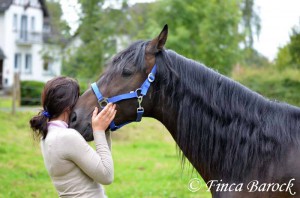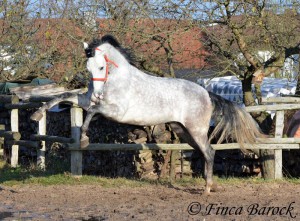Today we discuss “why we lunge” and show you which horses would benefit best from lunging as a cross exercise. This session also includes video from the UK on how to lunge a horse before riding.
In our last lunging session, we shared reasons for lunging by Kate Federall, manager at Plumpton College, UK. Kate’s main reasons why we lunge at a glance:
- To exercise the horse and improve walk, trot and canter
- Great for the horses to let go of steam
- To work a fresh or young horse before you ride it
- Helps the horse with suppleness and balance – which increases the horse’s basic schooling
- To take a step back and review the horse from the ground
- The horse gets used to our voice, which aids with riding as well
How else can your horse benefit from lunging?
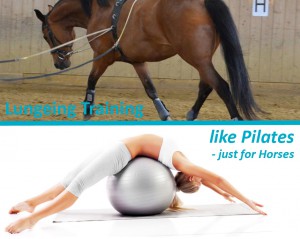 Cross-Exercise your horse with Lunging Training – the Pilates for horses
Cross-Exercise your horse with Lunging Training – the Pilates for horses
Like Pilates for us humans, lunging is a stretching, lengthening exercise while the horse moves and works out. This cross exercise supports the training of your riding or driving horse. The benefits include: stretching your horse’s long back muscles, activating their hind quarters, or refining rhythm.
In addition, lunging is adds variety to your horse’s working schedule and strengthens their trust in you as their trainer.
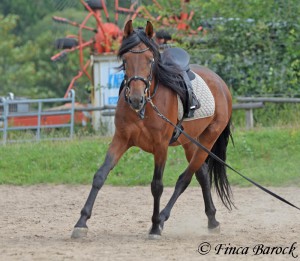 Stress-Free Exercise for the Youngsters
Stress-Free Exercise for the Youngsters
Lunging is great for the acclimatization of the young horse to the saddle or harness.
It gives you a chance to train your horse without the weight of the rider. The young horse can learn step-by-step how to get used to the bridle, saddle, and your commands – all while building up trust with you as their rider.
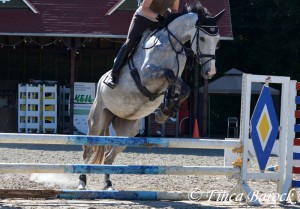 Bring Your Horse to the Next Level
Bring Your Horse to the Next Level
With lunging training, you are carefully crafting further education for your horse – especially for the preliminary work for a higher level of collection. Through targeted exercises, you can foster the horse’s collection while training the specific muscle groups he needs to be strong and sound.
Including pole and small jumps into the lunging workout prepares the horse for jumping, as well as strengthens their hindquarters to better improve transitions.
Lunging increases your relationship with your horse. If you are not able to build a trusted relationship with your horse while working it on the ground, you will not become a team while you’re on your horse’s back. What other exercise allows you to redefine your body language to the horse, while connecting your voice by the commands you teach the horse? Lunging training does! You are only connected with a lunge line and cannot interact with your body weight, legs, or use both sides of the bit. To master your horse with this limited type of connection, you will need to gather your horse’s trust and respect – by only using your voice, body language, and the lunge whip.
Strengthening the bond you have with your horse allows you to move onto more complicated training practices such as working with a bit-less bridle, or cavesson, to interact with softer commands without interfering with the horse’s mouth.
If you don’t have any outside space available where your horse can burn off some steam, lunging can help your horse to get its energy out. You can also use lunging to correct problem horses, which allows them to get used to being asked to work.
Lunging is a great exercise to support the training for horses with less-than-ideal conformation. A great example is our featured horse profile Marco. When horses get older, their backs tend to sink. You can use lunging training to help combat this.
Last but not least: Lunging is the perfect exercise as a recovery after an injury.
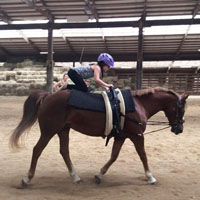 Gymnastics – For the Horse and On the Horse
Gymnastics – For the Horse and On the Horse
Earlier, we compared lunging training with Pilates. Lunging training can also be explained as gymnastics for the horse. They stretch their stiff necks, and lengthen and work on their posture and body expression.
Equestrian vaulters do the same – just on the horse. Performed in a walk, trot or canter, the vaulting horse needs to have a solidified lunging training plan to balance out up to three gymnasts on the horse’s back. Through lunging, the horse improves its own balance, which does not just help the vaulting horse. You’ll experience a more balanced horse while riding, and when asking for bending or straightening.
We are sure you could identify yourself and your horse with any of the reasons listed for lungeing.
Are you ready to get started? Here you go! Check out our Sticky Note: How to lunge before riding.

